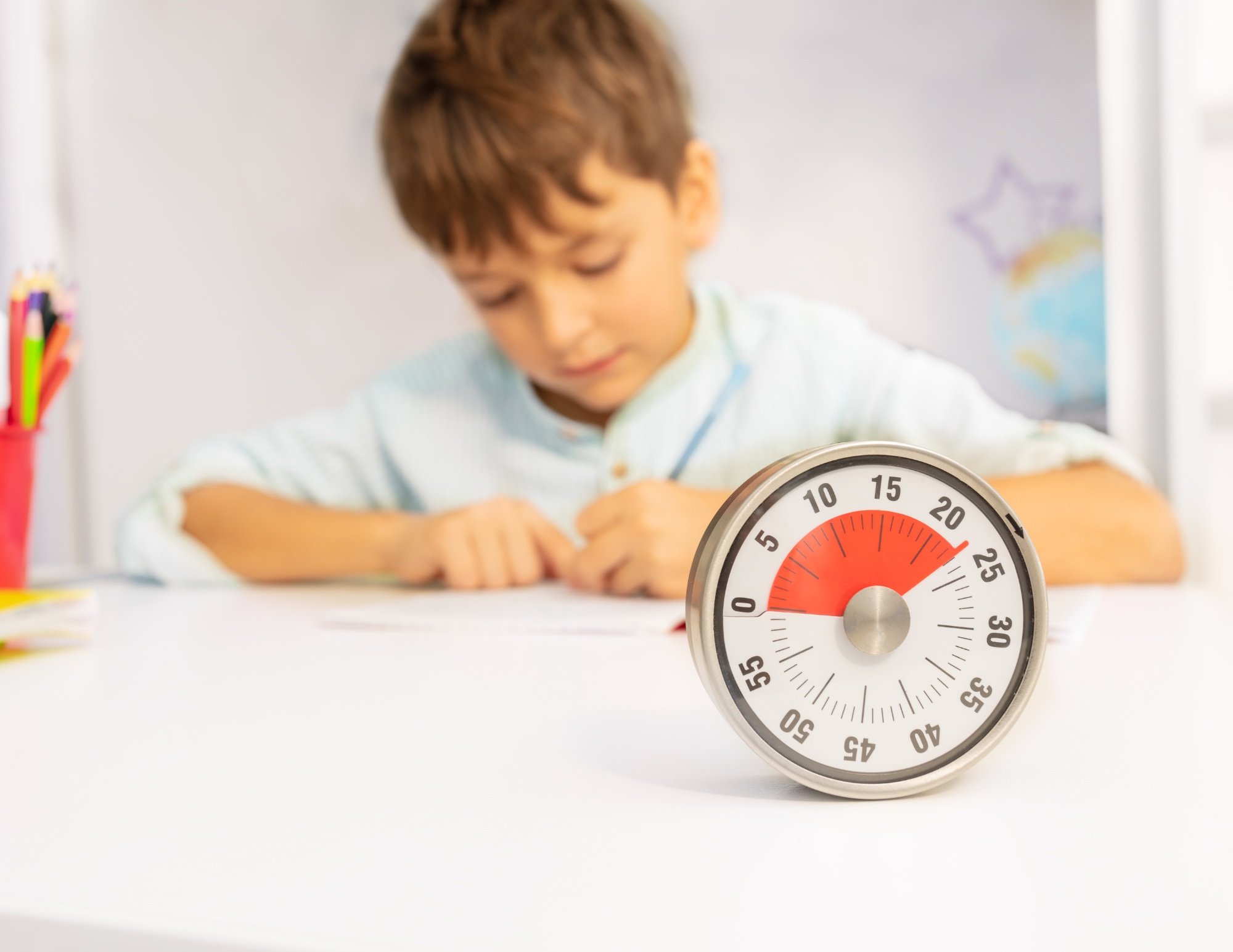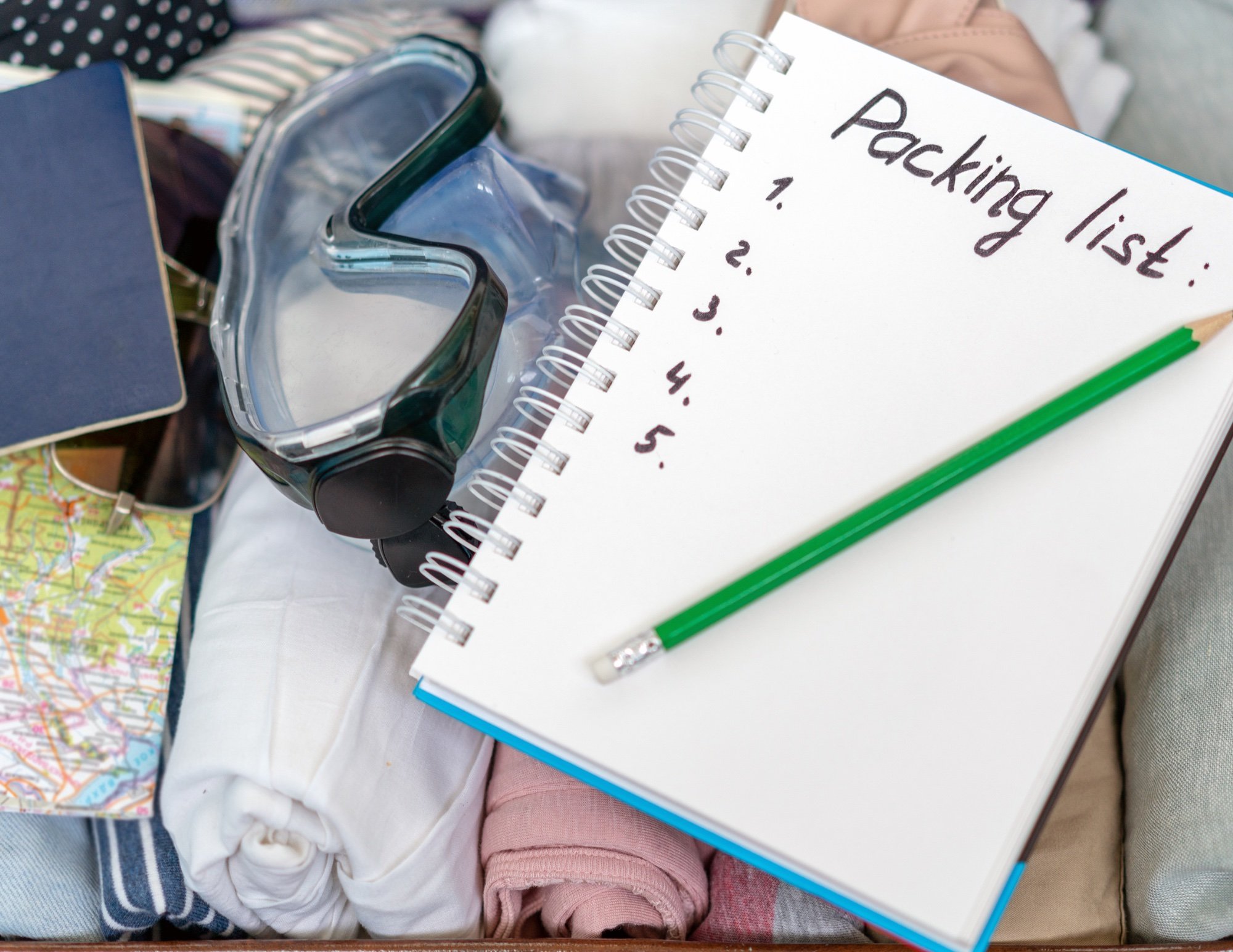Task initiation is an executive function that refers to one’s ability to begin a new task in a timely manner without prompts or reminders. Children who struggle with task initiation show it in different ways. While one child may stare at a blank computer screen, another may procrastinate or avoid a task altogether. These behaviors are typically observed more frequently with tasks that require multi-step processes or critical thinking. Because many writing assignments require students to engage in the entire multi-step writing process, students with poor task initiation skills often feel overwhelmed, or even develop writer’s block (the inability to start or continue writing for reasons other than lack of skill or commitment).
This blog shares simple tips and tricks to help students initiate writing tasks or overcome the dreaded writer’s block:
Create an outline
Creating a plan for writing assignments is a big help. For younger grades, graphic organizers and brainstorming maps can be extremely beneficial. Older students can create an outline to help organize their ideas and thoughts. The planning phase is also a great time to determine how long each section will take to complete! It may be helpful to create a schedule to determine when each section will be completed. Schedules can increase motivation and help incorporate planned breaks into longer projects.
Work backwards
Knowing where something ends can help the brain process the information in a new way. It can take the anxiety out of reading a new book, watching a new show, or even writing a paper. If students get stuck trying to figure out the perfect beginning, they can try writing the end of the assignment first and working backwards.
Find Resources and Examples
If a writing assignment requires the use of resources or specific examples from a text, students cab try outlining these ideas if they get stuck in the process. This can spark new ideas and help redirect thoughts. For younger grades, finding resources and thinking of specific examples can help your child write strong, detailed sentences. It will also help chunk the assignment into smaller workloads, which can help motivate them to get started with the physical writing part.
Relocate or Reorganize for Less Distraction
Relocating to a new location or decluttering the current work station may increase the chance of curing the student’s writer’s block. If the student usually works in their room, they can try working at the kitchen table or in a public setting, such as a library. If your child’s workspace is cluttered, try helping them declutter it or move them to a new tidy space to prevent unnecessary distractions.
If your child focuses best with background noise, be sure they use familiar sounds (songs, shows, etc.) that do not require their attention to be shared between multiple tasks. With struggles in task initiation, it will be easy for a child’s brain to choose the more exciting task to attend to - be sure that your child’s background noise is supporting their brain’s thinking process and not inviting distractions to take over.
Use Breaks and Rewards as Motivation
Breaks are an easy way to keep kids motivated and encourage them to get started on the a new section of the assignment. When using breaks and rewards, be sure to use a timer for time on task. Checklists can be used as a visual reminder to see how much progress has been made! For example, your child could create a list of individual sections they need to complete (i.e. Introduction, 10 minute break, Paragraph 1, 10 minute break…) and cross each one off as they finish. Using positive reinforcement and self-talk can help your child overcome writer’s block and motivate them to keep working.
When writer’s block strikes, it can seem impossible to overcome. Sometimes the best medicine is taking a break, re-organizing, and finding a groove!
Written by Ami Z.




















